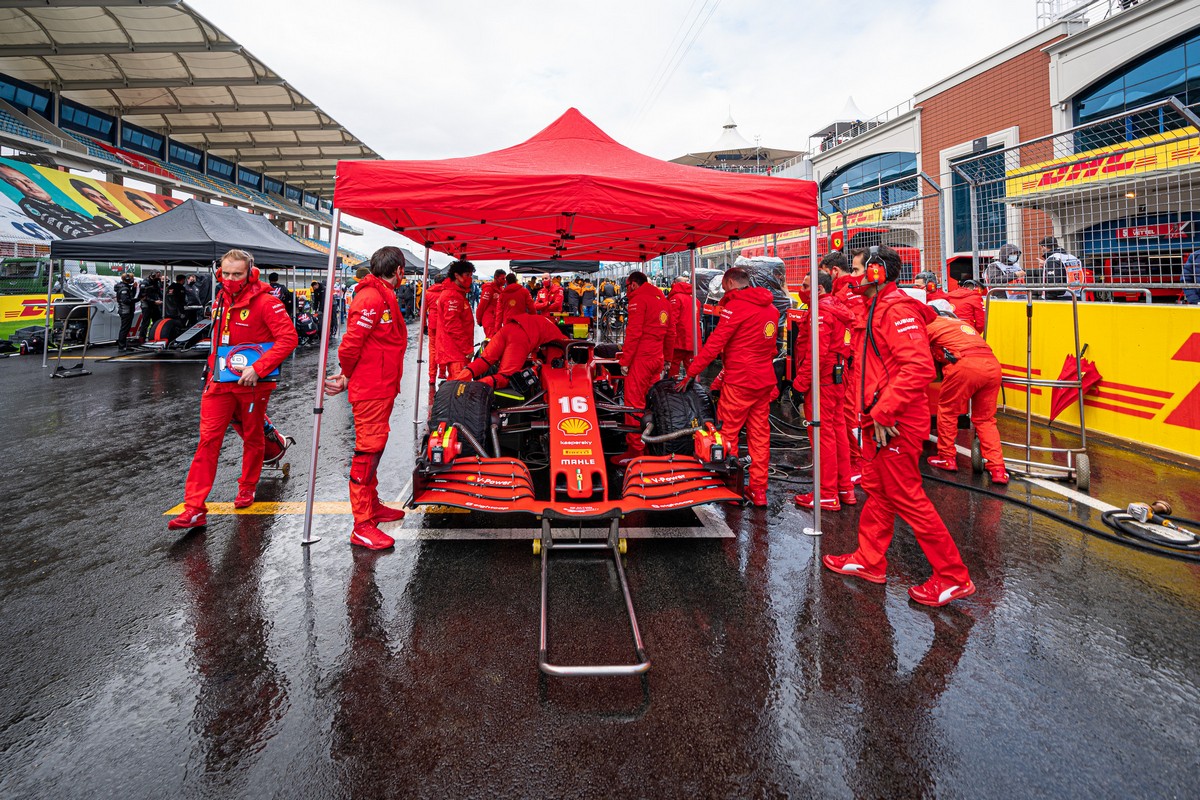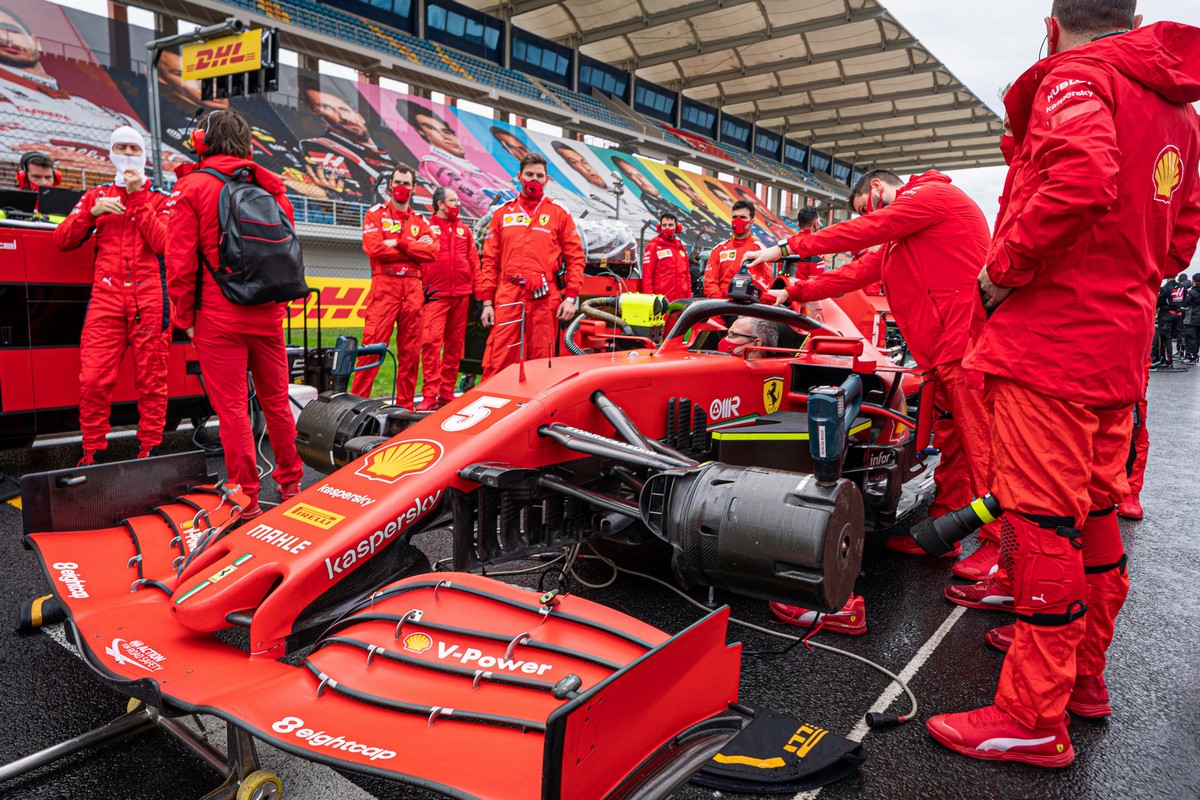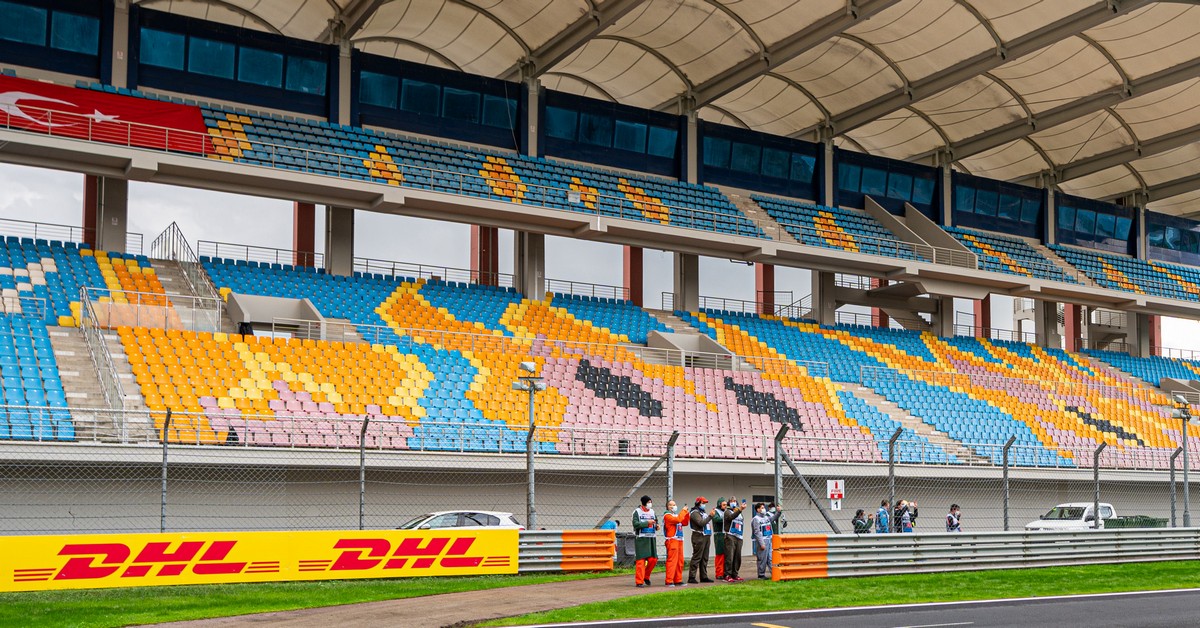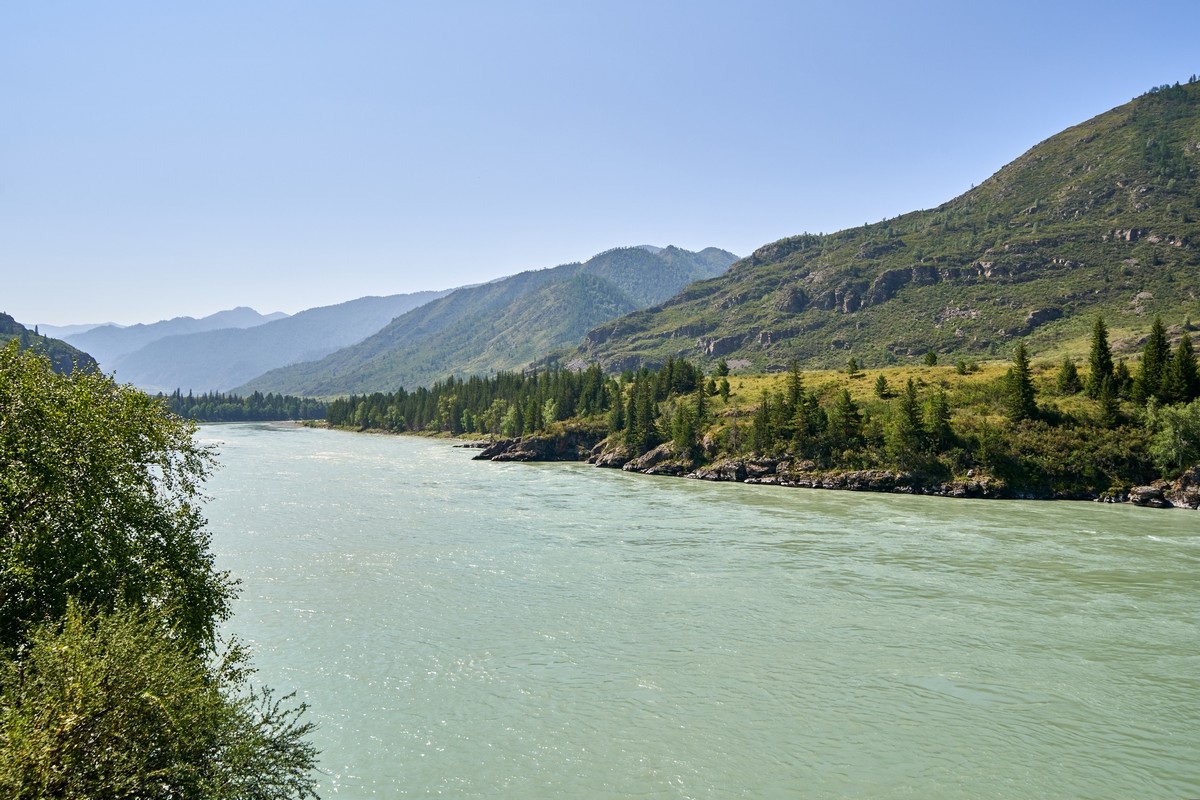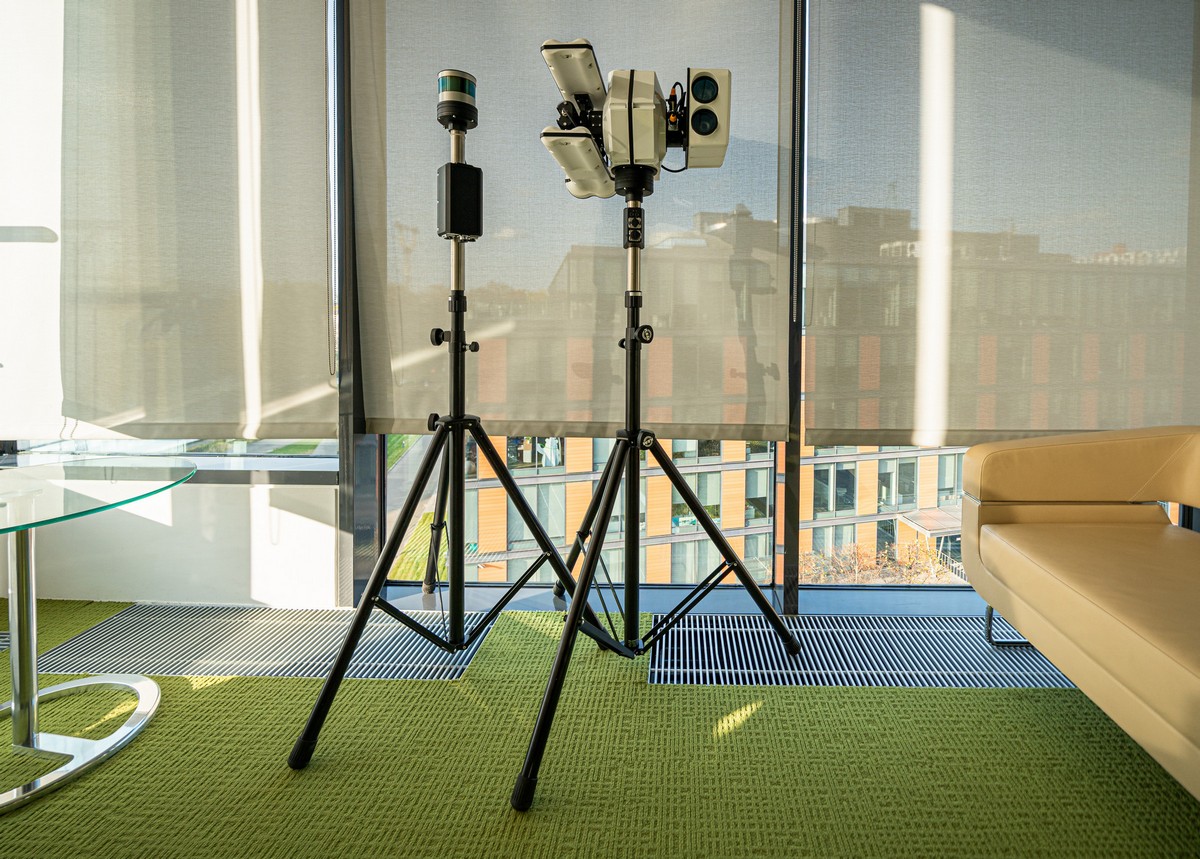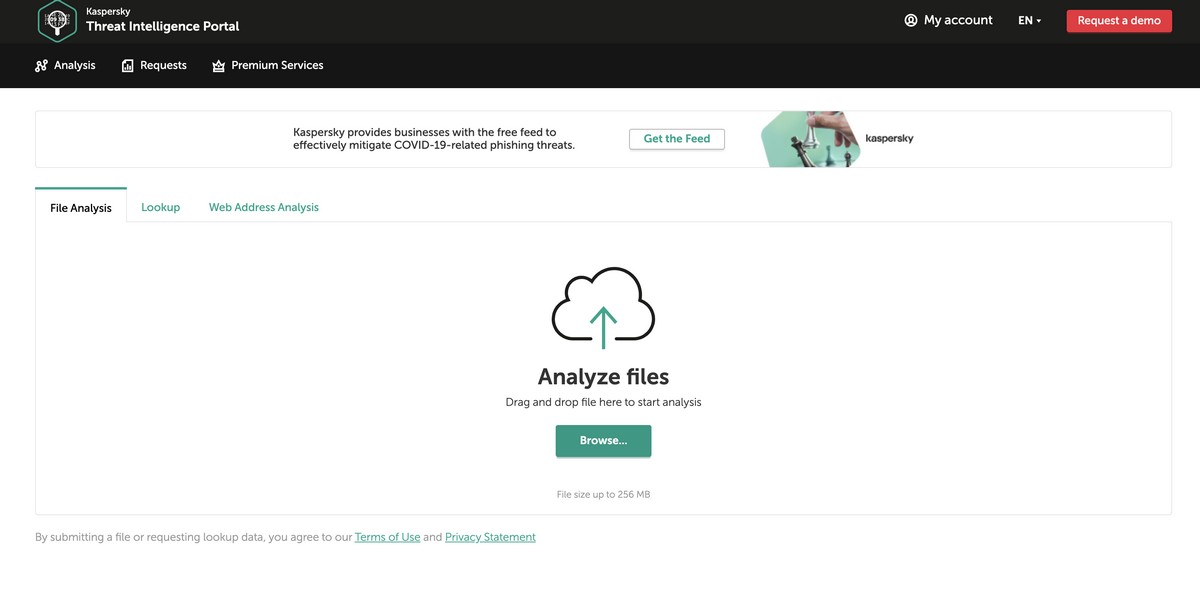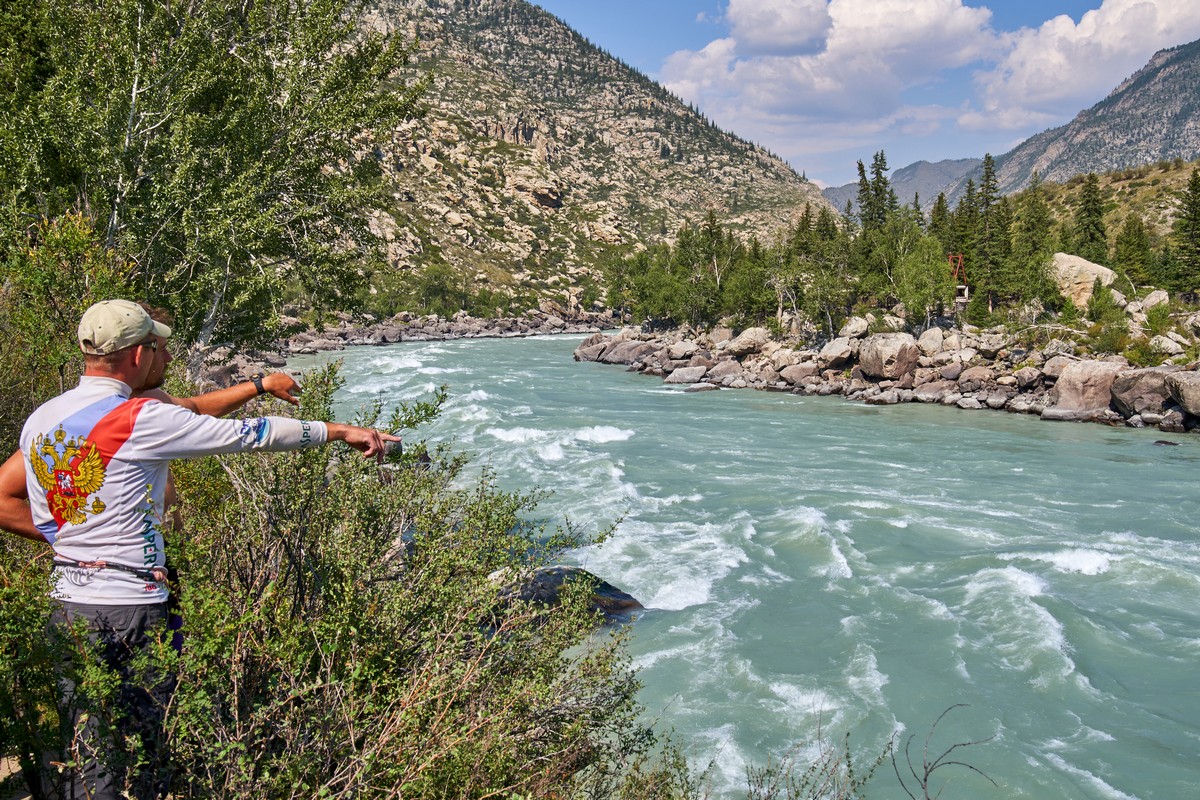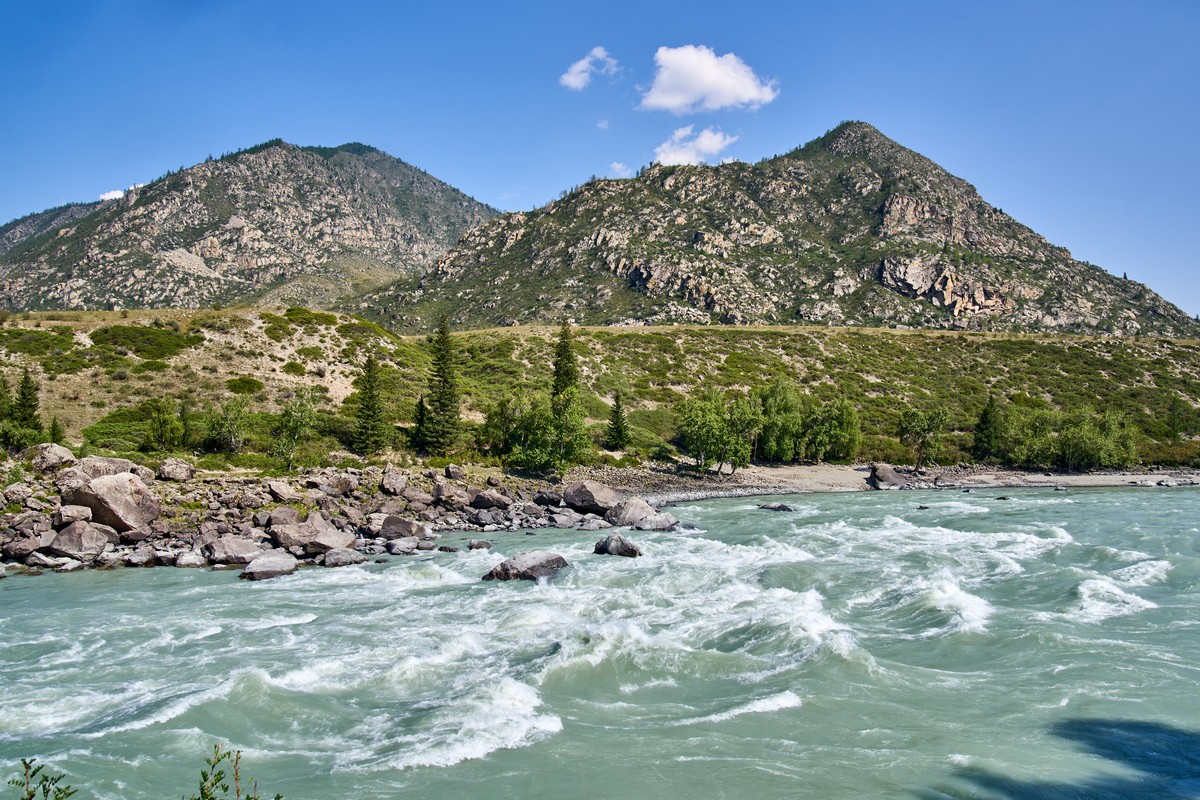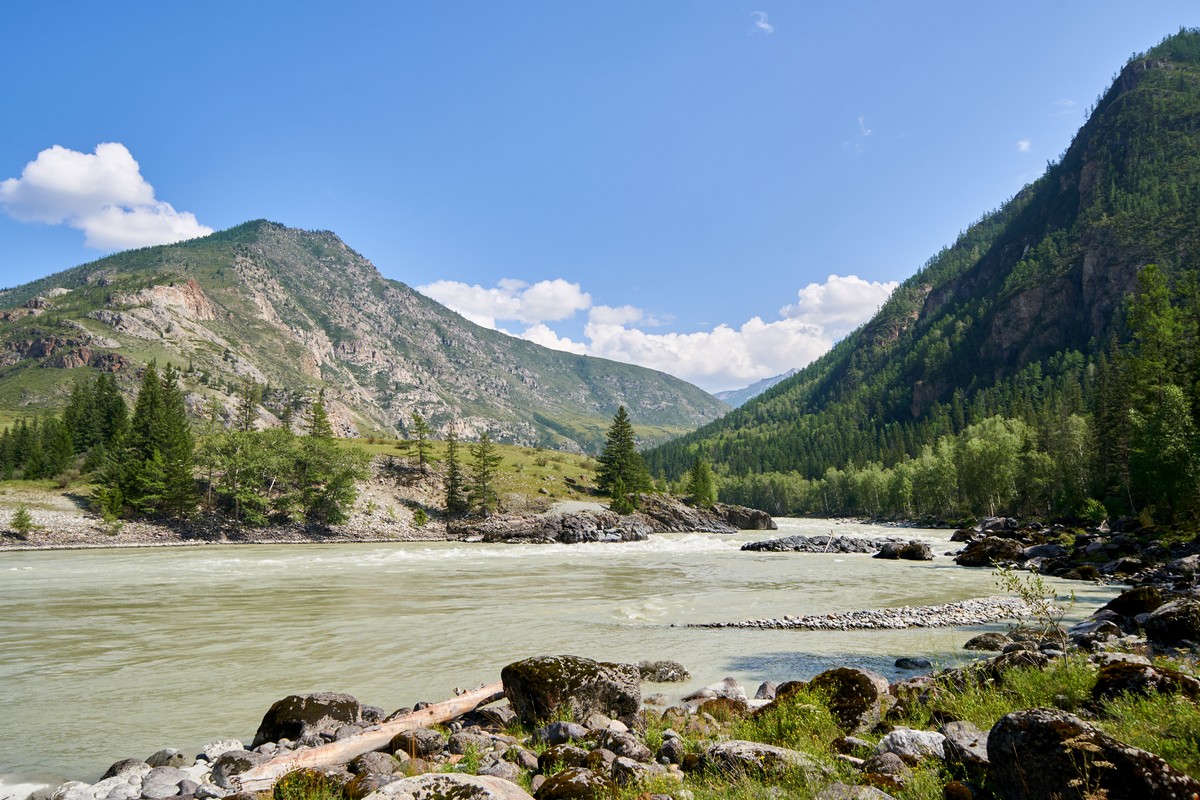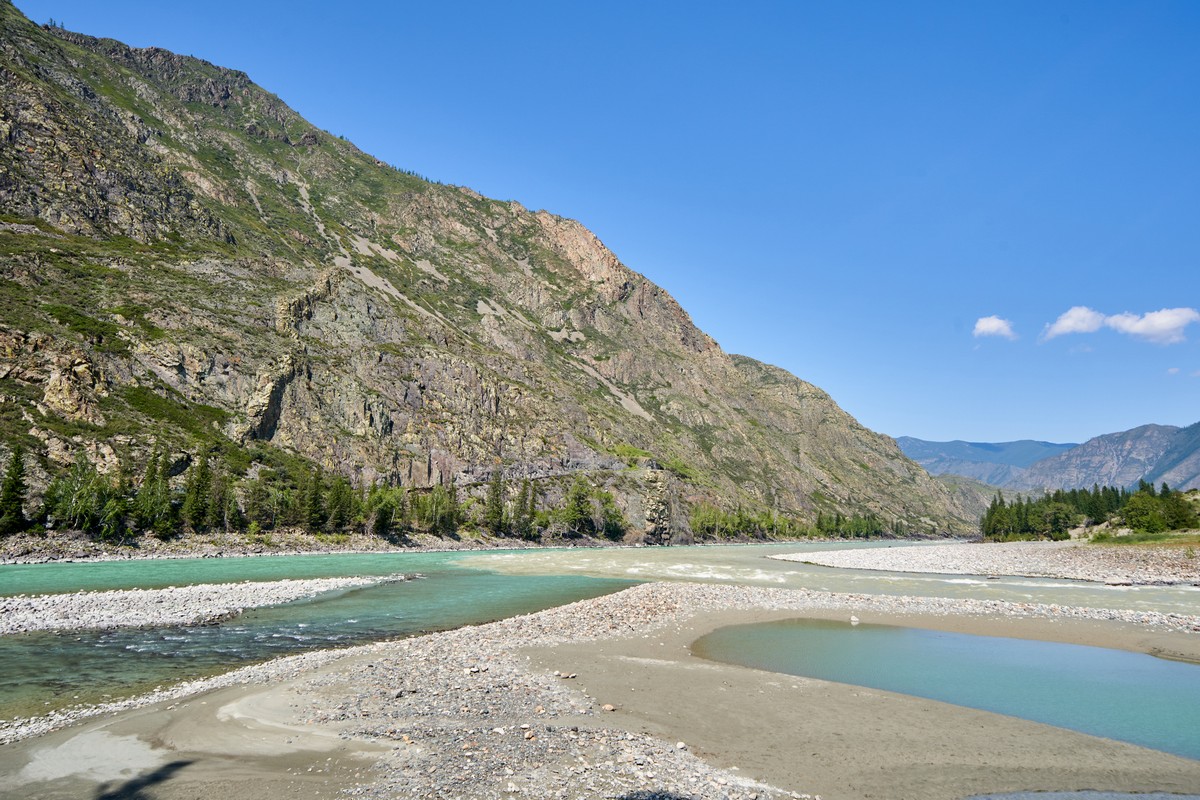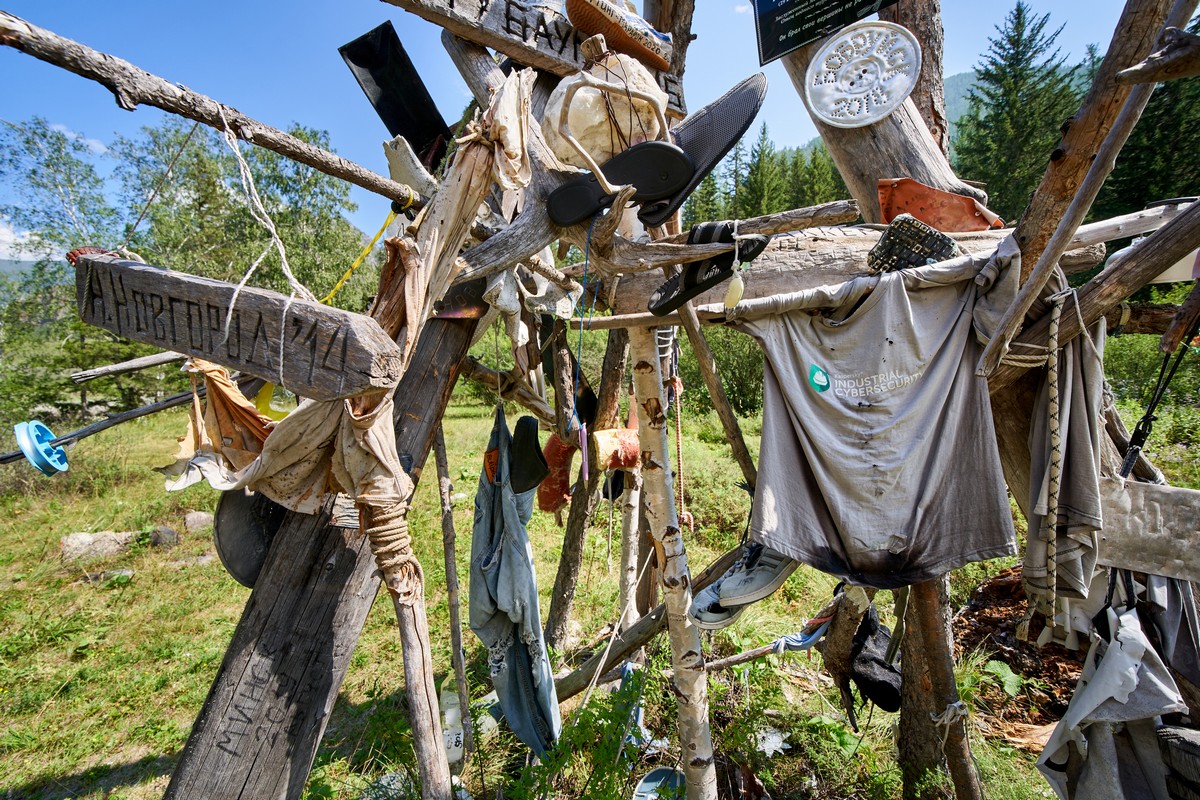This blogpost could pass as an advertisement, if it were paid for; however, it’s being published entirely voluntarily and gratis. Basically, in it, I’ll be telling you the fascinating story of 11 fearless females on an Arctic expedition up to the North Pole!…
So, what happened was that our good old friend Felicity Aston, the dauntlessly adventuresome (see why we’re good old friends?:) British explorer, whose unique Antarctic expeditions we support and sponsor from time to time (I’ve even been known to piggy-back onto one of her missions (I flew, she skied!) – to see in the New Year at the South Pole!), decided to steel herself to… try something totally different: to write a new book about one of her adventures! And the one she chose was the first international skiing expedition to the North Pole, in which only women took part, with around half of the skiers coming from Arab countries – so the only snow/ice they’d ever seen was the bit you get in the fridge-freezer (ok, maybe also at the skiing attraction in Dubai:).
https://www.instagram.com/p/CDbuiqelYaN/
Officially it was the Euro-Arabian North Pole expedition, which took place back in 2018. But in the book it’s less the official side – more the human side… For it’s not only about conquering the North Pole; it’s also about how the team of women built up comradery and dialogue amid vast expanses of ice and snow, the negotiating of dangerous ice cracks, and also endless daytime where it never gets dark and spending those light nights in cramped tents, and more uniquely ‘polar’ circumstances.
This printed work will be called ‘Polar Exposure’, and just recently Felicity announced the start of its pre-sales. Click here, and you can pre-order a copy!
Now for a bit more detail on the North Pole expedition…
Eleven women took part in the polar expedition, most of whom had no experience whatsoever of anything like it, but under the expert guidance of Felicity they successfully fulfilled their mission: getting to the North Pole on foot and skis only. Some were their countries’ first ever women to set foot on Arctic ice! And despite the extreme temperatures, icy winds and lots of other hardships, the expeditioners completed their tough route in eight days. The expedition, organized by Felicity, and with our full sponsorship-support, showed how much women, no matter where they’re from in the world and regardless of experience, can achieve (given the right guidance) – even to ski across the ice of the Arctic Ocean and to the very top of the planet!

So sure – buy the book, by all means. But also, perhaps – then buy… some skis! Find the right travel agency with experience of Arctic skiing treks, organize yourselves, train, and then follow in the 11 heroes’ footsteps ski tracks – all the way up to the North Pole! Well why not? Life’s too short not to!…
Btw, pre-ordering the book will be possible through November 14. And if there are at least 500 pre-orders, the launch and the distribution of the book will be taken care of by the publisher. And the more pre-orders – the better the distribution terms, the bigger the print-run, and simply the more positivity and drive there’ll be in this world!
Happy reading folks. And then happy polar expeditioning!…
